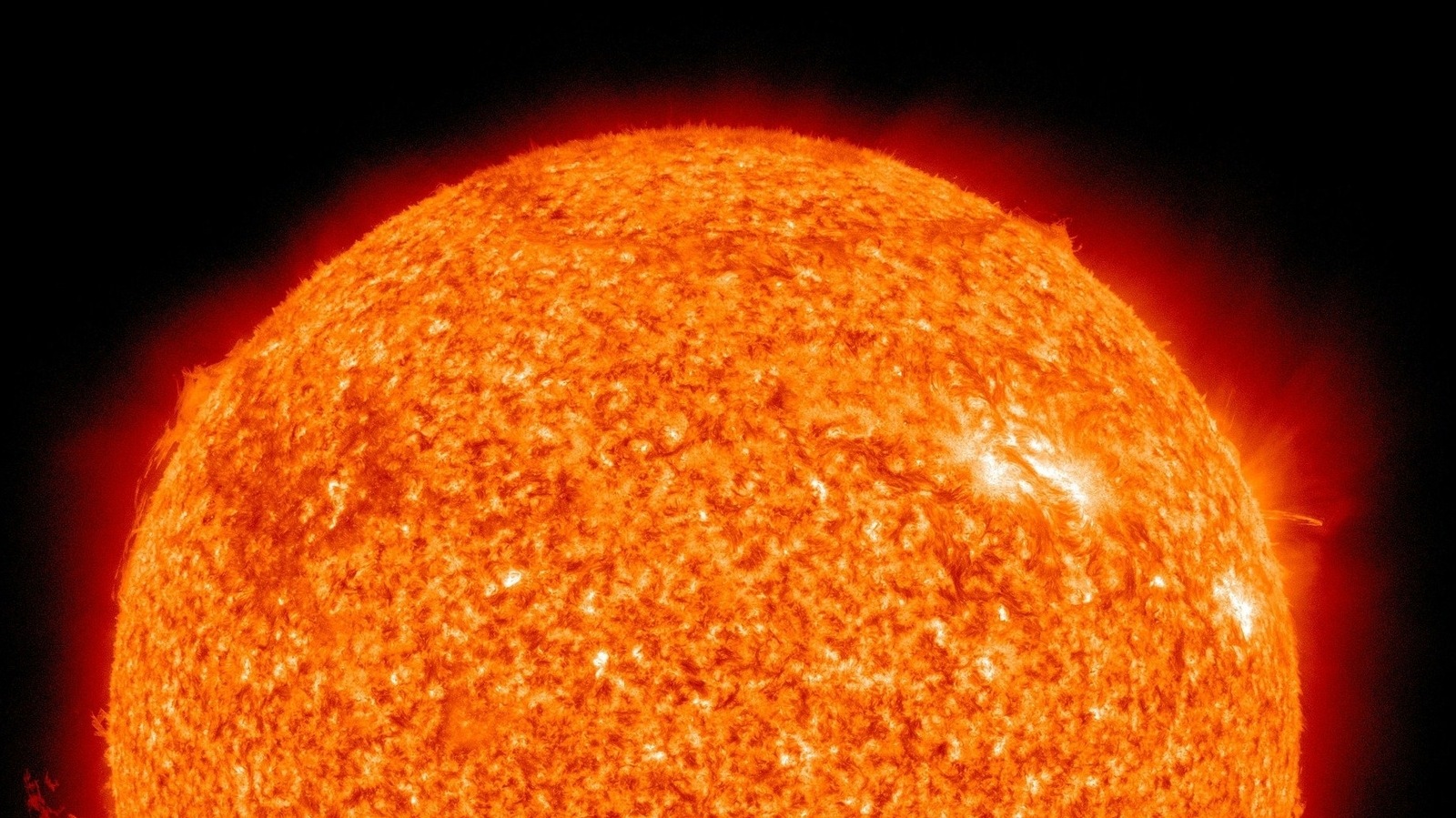Scary solar storm today! May cause blackouts in various regions on Earth- check its effects
According to NOAA, a solar storm will strike Earth today. The solar storm today can cause radio blackouts in various regions on the planet. Check out its full effects and what we can expect.
Another scary solar storm is going to strike the Earth today, according to the National Oceanic and Atmospheric Administration (NOAA). Lately, the Sun has been shooting solar flares incessantly. And these solar flares are shooting coronal mass ejections in every direction. The Earth itself has been a victim of multiple such flare attacks, ranging from weak to strong. Last week, the resultant solar storms caused two separate incidents of radio blackouts and GPS disruptions in various regions in Asia, Australia and Europe. It is reported that the solar storm today will have similar consequences. Find out the full range of impact you can expect today.
Solar storm to strike the Earth, cause blackouts
According to NOAA, the solar storm that is scheduled to pass through the Earth today, May 7, is not a strong solar storm. But despite not being strong, it will still have a substantial impact on shortwave radio frequencies and will cause a radio blackout throughout the planet. While it cannot be predicted if GPS transmissions will also be impacted, there is a possibility of it. Luckily, this solar storm is not as strong as the geomagnetic storm from earlier this week, when a G3 class storm momentarily caused both radio blackouts and GPS disruptions. Ham radio frequencies were also impacted.
Why are there so many solar storms lately
The increase in number and intensity of solar storms can be attributed to the approaching solar maximum of the Sun’s solar cycle 25. According to NASA, a solar cycle or solar magnetic activity cycle is an 11-year period where the Sun’s activity is measured in terms of variations in the number of observed sunspots on the solar surface. The 11 year period marks two extreme points called solar maximum and solar minimum, the point of highest activity and lowest activity respectively.
The Sun entered the solar cycle 25 in December 2019 and has slowly been moving towards the solar maximum. According to scientists, the peak of this solar maximum will be reached in 2025. At that time, the Sun will have as many as 125 active sunspots. Sunspots are the region of instability on the Sun which causes haphazard combustions and sets off solar flares and coronal mass ejection (CME). This solar cycle is expected to be stronger than the previous solar cycle where 115 active sunspots were observed at the peak of the Sun’s solar maximum.
For all the latest Technology News Click Here

